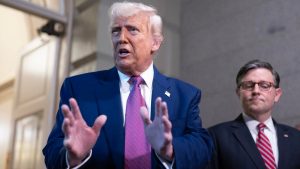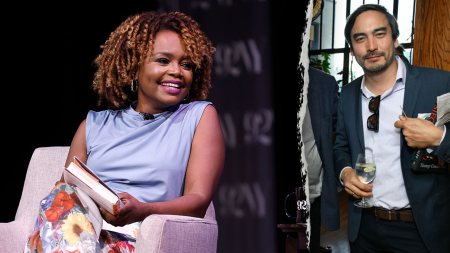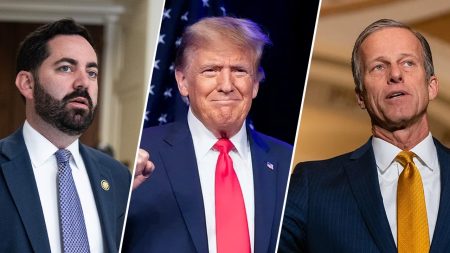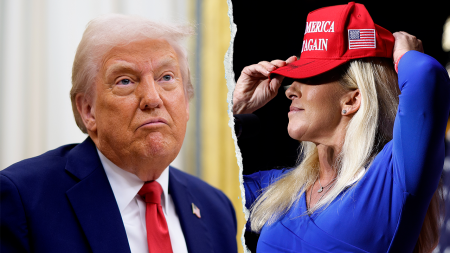The Republican political landscape is bracing for a new era following Donald Trump’s return to the presidency. While Trump is constitutionally barred from seeking another term in 2028, his influence looms large, and Vice President-elect JD Vance is widely viewed as his heir apparent. At just 40 years old, Vance is poised to inherit the mantle of the America First movement and the fervent support of the MAGA base, positioning him as the early frontrunner for the 2028 Republican presidential nomination. Despite this apparent advantage, the Republican National Committee (RNC) maintains its commitment to neutrality in the upcoming primary contest. RNC Chair Michael Whatley affirms the party’s traditional stance of refraining from endorsing any particular candidate in an open primary, emphasizing the importance of a fair and competitive race.
While the RNC professes neutrality, the reality of Vance’s position is undeniable. Backed by Trump’s endorsement and operating within a party still firmly under the former president’s sway, Vance enjoys a significant head start. Statements from influential figures within the Trump circle, such as Donald Trump Jr., further solidify Vance’s perceived status as the next in line. Seasoned Republican strategists like Dave Carney concur, describing Vance as “the guy to beat” and highlighting the strategic advantage he holds as the incoming vice president. The consensus among political observers is that Vance’s path to the nomination is clear, barring any unforeseen circumstances.
The scale of Trump’s electoral victories in 2024 underscores the strength of the movement he spearheaded, and Vance is seen as the natural inheritor of this political energy. David Kochel, another veteran GOP strategist, attributes Vance’s frontrunner status to the magnitude of Trump’s wins, both in the Electoral College and the popular vote. This overwhelming mandate is interpreted as an implicit endorsement of Vance as Trump’s successor. However, Kochel acknowledges that a contested primary is inevitable. Despite Vance’s significant advantages, ambitious challengers are expected to emerge, and no one anticipates a complete coronation. The political arena is dynamic, and aspirants will undoubtedly test Vance’s mettle in the quest for the presidency.
While acknowledging Vance’s prominent position, Whatley emphasizes the depth and breadth of the Republican Party’s talent pool. He points to the numerous Republican governors, senators, and House members, along with other prominent figures who have been actively engaged in recent campaigns and may be part of the incoming administration. Whatley’s highlighting of the “bench strength” within the party subtly suggests that the 2028 nomination is not a foregone conclusion, despite Vance’s apparent advantage. He astutely positions the America First movement as a force larger than any single individual, including Trump himself. While recognizing Trump’s pivotal role as the movement’s driving force, Whatley implies that its momentum could carry forward with another leader at the helm.
Whatley further emphasizes the transformation of the Republican Party under Trump’s leadership. He portrays the GOP as the party of the working class, actively engaging with a broader electorate and addressing their concerns. This strategic repositioning is presented as a key factor in the party’s future success, setting the stage for continued momentum going into the 2028 election cycle. By framing the Republican Party as responsive to the needs of working-class voters, Whatley lays the groundwork for a continued appeal to this demographic, regardless of who ultimately secures the presidential nomination. This suggests that the party’s core message and platform will remain consistent, even as individual leaders may change.
In contrast to the Democratic National Committee’s reshuffling of the 2024 presidential nominating calendar, the RNC has opted to maintain the traditional order, with Iowa and New Hampshire retaining their coveted first-in-the-nation status. Whatley expresses satisfaction with the existing calendar and downplays any potential changes for 2028. He notes that while discussions may occur closer to the election, there is currently no significant pressure within the party to alter the established primary sequence. This suggests a degree of stability and predictability within the Republican Party’s nominating process, unlike the fluidity seen on the Democratic side. This reinforces the image of a party confident in its current trajectory and less inclined towards dramatic shifts in strategy.










